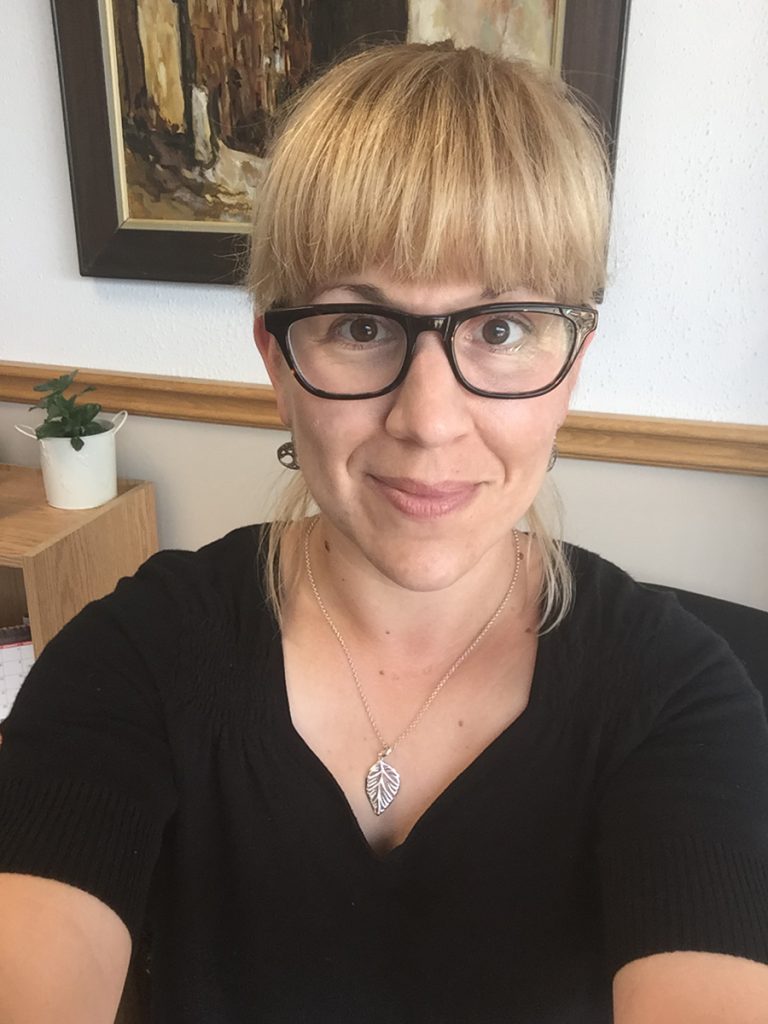Going Back to School with an IEP

Heading back to school in September can be an exciting time for children and parents alike. A time of fresh starts and new beginnings. A time filled with anticipation of new friends, new activities, and new opportunities.
But for other children and their parents, it can be a time of stress and anxiety.
Not all children learn the same way, and not all children fit into the typical school environment with ease. Two of our four children have Individualized Education Plans. In Ontario, an IEP is defined by the Ministry of Education as:
“A written plan describing the special education program and/or services required by a particular student, based on a thorough assessment of the student’s strengths and needs that affect the student’s ability to learn and demonstrate learning.”
We have a son with an IEP specific to the fact that he has ADHD and Generalized Anxiety Disorder, and a daughter with an IEP that addresses her Obsessive Compulsive Disorder and the Generalized Anxiety that accompanies it. Both children have struggled in a traditional school environment for their own unique reasons and we have been going back to school with an IEP (documents in hand) for many years now.
If you’re in the same boat, here are some strategies to help you enter the new school year with a positive relationship with their teachers, so your kids can have a successful year…
Tips for Back to School with an IEP
Arrange an Early Meeting
Teachers are required to have IEP meetings with parents or guardians at the start of the school year. Our experience has been that those meetings usually don’t take place until the end of September or into early October. The trouble with this is at that point, your child has been in that classroom for more than thirty days. That’s thirty days of interaction with a teacher and their peers when no strategies have been discussed and no plan has been put in place to help them navigate their new environment. Also, that’s thirty days of opinions being established about your child.
If your child is going back to school with an IEP, take action. Once you know who your child’s teacher is going to be, contact them and ask for a brief meeting either the week before school starts or in the very first week. Reassure them that you will only need a few minutes of their time. They will be busy setting up their classrooms and making preparations. A little bit of respect and consideration goes a long way when building a relationship.
Make Your Purpose Clear
When you meet with their teacher for this initial meeting, bring your child’s current IEP document. Keep the meeting positive and briefly explain the major areas where your child struggles, as well as where they shine. Let the teacher know that you plan to be involved as much as possible and that you are happy to hear from them anytime. Keep the meeting short, as promised. The intention of this meeting is to make sure the lines of communication are open and to establish your willingness to participate in your child’s success.
Prepare Your Child
As much as possible, and in an age-appropriate manner, explain to your child that there are tools available to them if they are struggling. Any coping strategies that have been established in their IEP should be discussed with them. They need to know what help is available to them and how they can advocate for themselves. Sometimes there are more than thirty children in a classroom. Teachers are amazing, but they are human. It isn’t always possible for them to quickly see that your child is struggling.
Remember That Teachers Are Human
Unfortunately, not all people understand or respect a diagnosis of ADHD. Not all people believe that neurodiversity is a medical condition. Especially where children are concerned. Sadly this means that not all teachers are going to understand either. We have been very fortunate to have amazing teachers so far. Only one was blatantly disrespectful of our son having ADHD. He refused, again and again, to adhere to the IEP that was in place. If you find yourself in a position like this, do not hesitate to involve your school principal.
Keep an Open Mind
When you meet with your child’s teacher for the official IEP meeting, they will have spent a month or more with your child since your initial introductory meeting. New methods and techniques are being discovered all the time to assist children with learning disabilities and mental illness function in the classroom. Your child’s teacher may have some suggestions based on new research that could help your child. You may also be pleasantly surprised to discover that your child no longer requires some of the accommodations spelled out in their IEP. IEP documents are changeable throughout the year. Remain open to some changes. We have had some incredible teachers who have seen things in our children that we didn’t.
Stay Involved
Check in with your child’s teacher. Make sure you know what’s going on in the classroom. What are they learning? Have they made any friends? Is there anything you can do at home to help with their success in the classroom? Keep the lines of communication open.
Above all else, be positive with your child. Having an IEP does not make them less than, and shouldn’t leave them feeling bad about themselves. Remind them that not all children learn the same way, and having the tools to help them learn the best way they can is a good thing.
Approaching the new school year exhibiting a positive attitude and immediately establishing a relationship with their teacher will hopefully pave the way to a successful year. IEP and all.
















